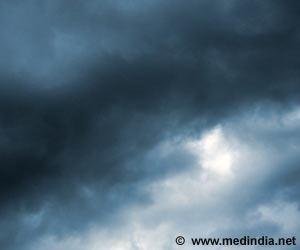A new study to be presented at the Goldschmidt conference in Sacramento, California revealed that oil pollution is contaminating large swathes of Western Amazon.

Now for the first time, a group of Spanish researchers have compiled a database of chemical analyses taken from the western Amazon area, over the 1983 to 2013 period. These analyses come from a variety of sources, including Peruvian public agencies and oil companies. Though the results need to be reinforced by further study, they raise some significant concerns.
Researcher Raúl Yusta Garcia described the findings:
"We looked at measurement in 18 wastewater dumping sites from 10 different Amazon tributaries. We were able to pull together records over a 30 year period, from 1983 to 2013, allowing us to measure variations in 9 different pollutants, such a lead, mercury and cadmium. We found that 68% of the samples were above the current* permitted Peruvian limits for lead concentrations, and 20% of the samples above permitted cadmium levels.
We were also able to compare pollution upstream and downstream of some of the dumping sites. With some samples, we found chlorine levels averaged 11 times higher downstream of the wastewater dumping site than it had been upstream. Pollution from oil extraction declined from around 2008, but the danger is that increased demand causes increased pollution".
Lead researcher Antoni Rosell-Mele added
Advertisement
The Amazon River has its ultimate source in the 5597m Nevado Mismi peak in the Peruvian Andes. From there is flows down into Peru's Loreto and Datem del Marañón provinces, which is where these samples were taken. The Western Amazon has large reserves of hydrocarbons in rainforests that host unparalleled biological and cultural diversity.
Advertisement
Source-Eurekalert









